Getting rid of unwanted hair permanently without sitting for hours through the painful process of electrolysis is a fairly recent development made possible by advances in laser hair removal. Shasta Meadows Wellness Center offers Cervello laser hair removal that effectively inactivates hair follicles to stop the regrowth of unsightly body hair. With its state-of-the-art YAG and micro-channeling cooling technology, the Cervello laser hair removal system is considered one of the best available.
Following treatment with Cervello, our clients receive instructions for laser hair removal aftercare that is meant to protect and nurture hairless skin. Although side effects of laser hair removal are minimal, there are some do's and don'ts our clients need to be aware of to optimize the silky-smooth attractiveness of hair-free skin.

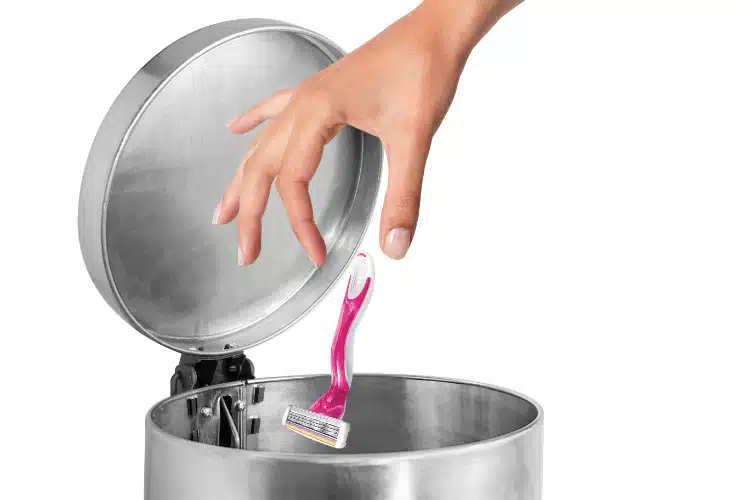

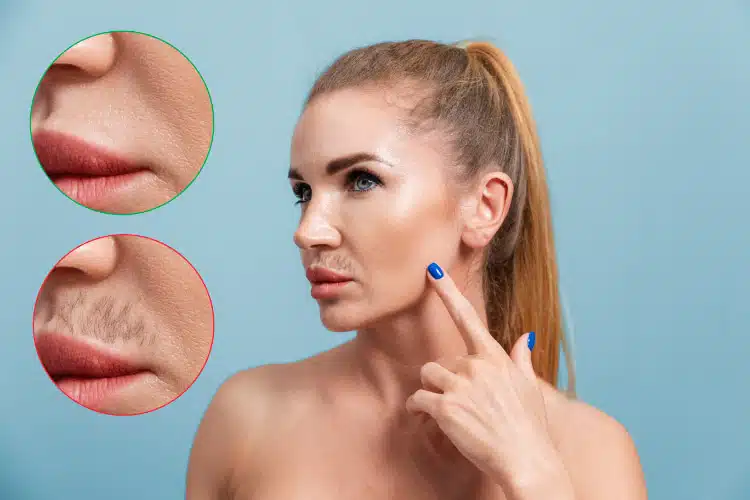
To permanently get rid of unwanted hair, or significantly restrict hair growth, specific wavelengths of laser energy are needed to damage hair follicles enough to render them inactive. As the Cervello device moves across targeted skin areas, laser energy is absorbed by a common skin pigment called melanin. As melanin molecules retain more heat, the temperature in and around hair follicles increases dramatically. Eventually, follicles sustain enough heat damage to inhibit hair growth.
Since follicles have experienced what the immune system thinks is "trauma", the body will treat laser hair removal procedures as a wound to the skin. Just like other wounds require extra care so they can heal properly, hair follicles impaired by laser hair removal devices like Cervello should be treated like other wounds to the skin.

Receiving laser hair removal at Shasta Meadows Wellness means you won't have to endure the painful chore of plucking, tweezing, waxing, and shaving unwanted hair. You'll have a clean, polished appearance that doesn't require hours of attention and you will always look your best, no matter what the time of day.
When you run your hands over hairless skin that feels as sleek as silk, you'll instantly feel more confident about yourself and the way you look. In fact, laser hair removal is the most effective, long-term, FDA-approved technique to prevent unwanted hair from returning.
During your initial consultation about laser hair removal, an esthetician will evaluate your skin color, hair texture, hair thickness, and other factors that help determine how many sessions you will need to achieve your desired results. We will also talk more about laser hair removal aftercare and what to expect after your final treatment.
Call 530-215-3820 today to schedule a consultation appointment for laser hair removal in Redding, CA.
Do you have erectile dysfunction (ED)? If you have difficulty getting or maintaining an erection, you’re not alone. Most men experience ED symptoms at some point in their lives. In fact, it’s so common that the Cleveland Clinic states that if you have difficulty getting and keeping an erection for up to 20 percent of your sexual encounters, you’re probably fine. However, If you have difficulty getting or keeping an erection 50 percent or more of the time, you should seek help from a medical professional. Unfortunately, a lot of men fail to seek help for their erectile dysfunction due to some common myths, including that ED is a normal part of the aging process and that ED isn’t a treatable condition. Let’s take a look at some of the common misconceptions surrounding ED.
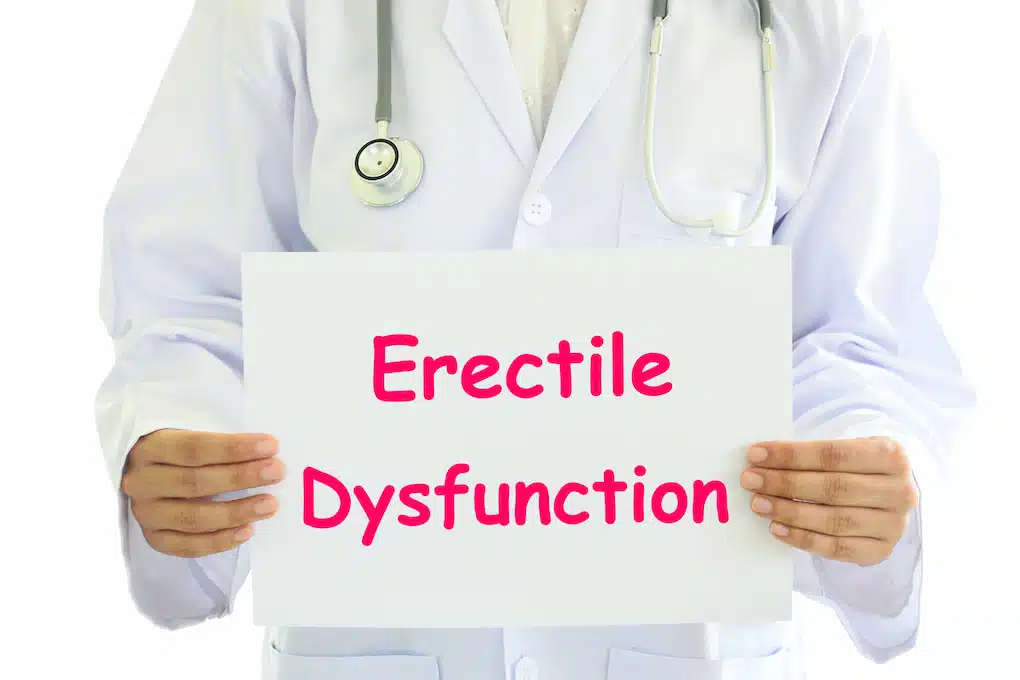
Many men falsely believe that experiencing erectile dysfunction is a normal part of the aging process. The truth is that all ages of men can experience ED, and according to Healthline, around 52 percent of men experience ED in their lives and that includes younger men. According to Medical News Today, about 8 percent of men in their 20s experience ED, and 11 percent of men in their 30s experience ED. In fact, the number of men under the age of 40 who experience erection problems is increasing.
It’s important to understand that ED is a medical condition, and it can be caused by a variety of physical and mental factors, including heart disease, diabetes, hormone imbalances, neurological conditions, and even some medications. Erectile dysfunction can even be caused by certain mental health conditions, including stress, anxiety, and depression. Therefore, it’s important to speak with a medical practitioner about your ED so that the causes can be determined.
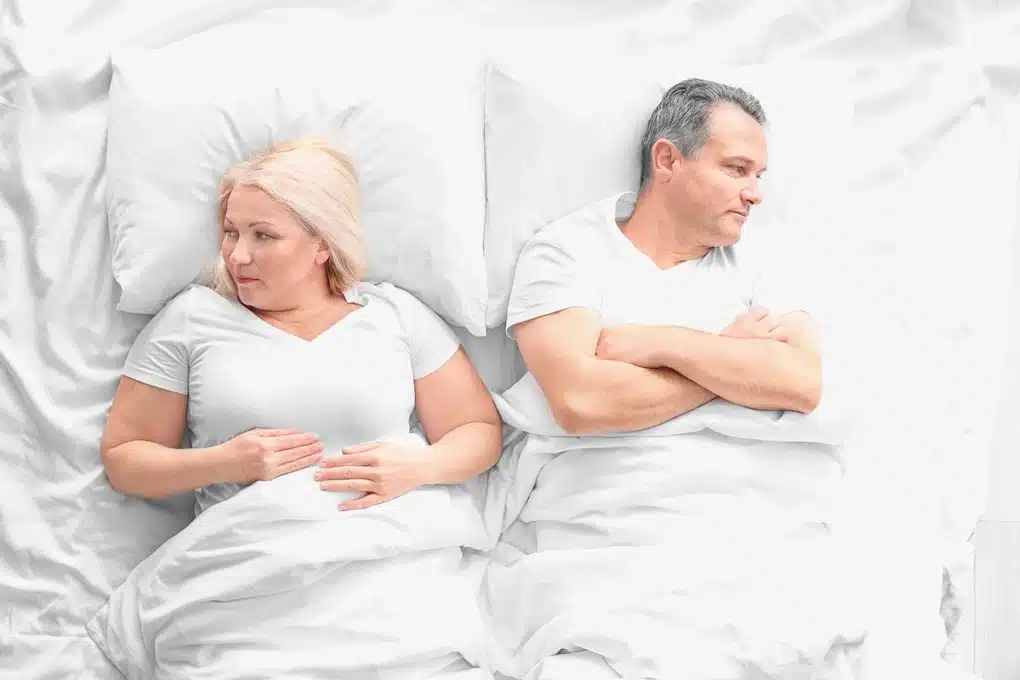
If you’ve ever heard that only men who aren’t attracted to their partners have ED, you are hearing a myth. Erectile dysfunction can happen regardless of your attraction level to your partner or desire to have sex. This is because attraction and desire are only part of the determinants for getting and maintaining an erection. In fact, men can be very attracted to their partner and satisfied in their relationship and still not be able to get an erection. Conversely, a man may not be attracted to his partner and still be able to achieve an erection that can be used for sexual intercourse. If you find that you are having difficulty getting or maintaining an erection long enough to have sex, it’s time to speak with a medical practitioner. You could have an underlying medical condition that’s affecting your ability to perform in the bedroom.

While low testosterone is a cause of ED, it’s not the sole cause of erectile dysfunction in all cases. Testosterone is a hormone that is found in greater quantities in men than in women. In men, it’s responsible for the development of male sexual characteristics, including the growth of facial and body hair, the deepening of the voice during puberty, and the development of strength and muscle mass. It’s also responsible for the male’s ability to get and maintain an erection. Therefore, low testosterone or Low T can be the reason a male cannot get or maintain an erection. However, not being able to get an erection can also be caused by some serious medical issues, like cardiovascular disease and diabetes. It may also be a stroke risk indicator. Therefore, if you are having difficulty getting or keeping an erection for sexual intercourse, you should speak with your medical provider and get tested for underlying medical conditions that could be contributing to your erection problem.
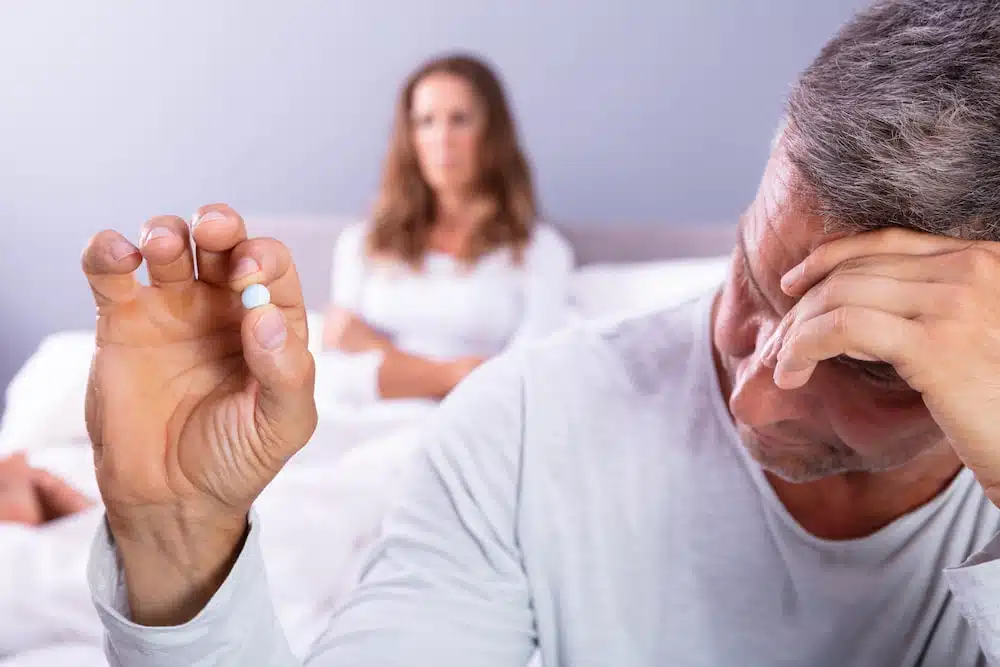
If you’ve heard that ED is not treatable, you’re relying on old information. Today, there are many treatments and therapies available for men who are experiencing erectile dysfunction, including lifestyle changes, medication, and therapy. In order to find the right treatment, it’s important to check for certain underlying conditions. Hormone imbalances, mental health issues, heart disease, diabetes, smoking and alcohol consumption, and living a sedentary lifestyle can all affect your ability to perform in the bedroom. Once the underlying conditions have been found or ruled out, a treatment program can be devised to help treat your ED.
If you’re experiencing symptoms of ED, don’t assume that it can’t be treated or that you just have to live with it for the rest of your life. At Shasta Meadows Wellness Center, we can help determine the causes of your ED and recommend an erectile dysfunction treatment, like our GentlePro treatment. This utilizes gentle acoustic shockwaves that can help boost blood flow in the penis so that you can get and maintain your erections. This treatment can be used alone or in conjunction with other ED treatments.
To learn more about how we can help you with your ED, give us a call at 530-500-0634.
Over time, a tattoo may be something you wish you could get rid of as quickly as possible. Reasons people seek tattoo removal range from the tattoo being the name of a past significant other, representing a provocative icon, or something that is preventing you from getting a job. Unfortunately, DIY tattoo removal methods do not work and could cause serious skin problems that require medical treatment.
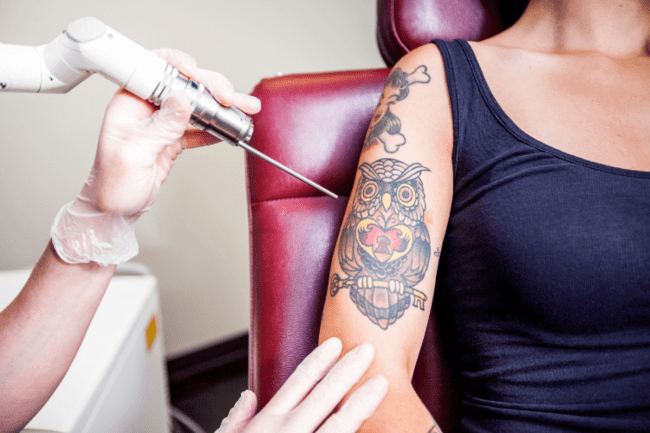
Understanding why dermatologists strongly discourage tattoo removal at home begins with knowing what happens to your skin when you get a tattoo. When a tattoo artist injects ink into the skin, the ink reaches the middle layer of the skin called the dermis. At this skin level, cell regeneration takes longer than it does on the top layer of the skin (epidermis). In addition, every time a tattoo needle pierces the skin, your immune system senses a wound and releases a flood of white blood cells called macrophages to start repairing these tiny wounds.
The healing process involving macrophages is what makes tattoo ink permanent. These cells actually hold onto the ink used to create a tattoo as they attempt to heal what your immune system thinks is skin damage. Eventually, the immune response diminishes, the tattoo heals completely, and you are left with a tattoo that can only be removed by a dermatologist.
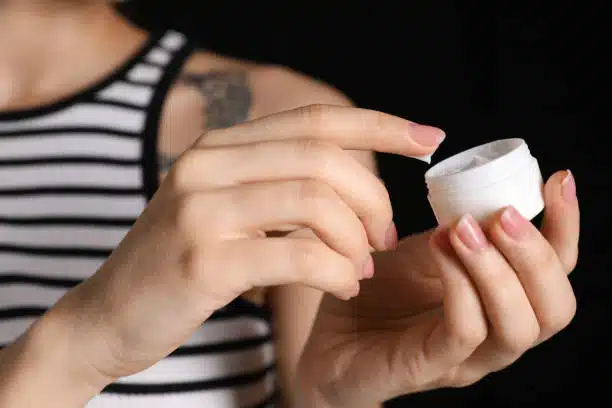
Containing a variety of botanical, whitening, and herbal ingredients, tattoo removal creams may lighten a tattoo slightly but do not remove tattoos. Tattoo removal creams remain on the top layer of the skin. They cannot reach the dermis where tattoo ink has been absorbed by macrophages.
Depending on the combination of ingredients found in some creams, the skin could suffer reactions from the harshness of the cream. Contact dermatitis, scarring, skin peeling, and chemical burns could occur from using creams to remove tattoos. In addition, creams with high concentrations of bleach could permanently discolor the skin surrounding the tattoo.
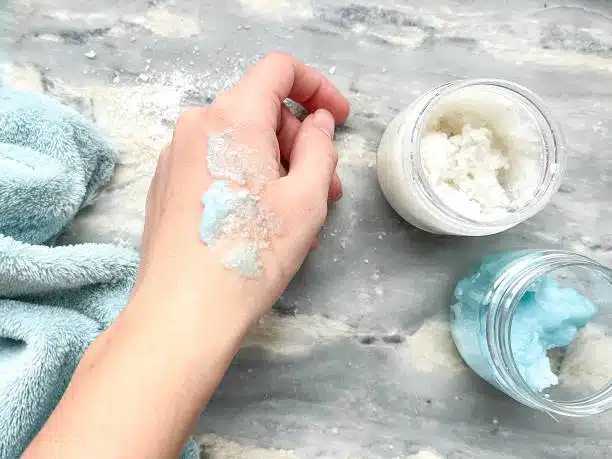
Rubbing a salt solution over an unwanted tattoo for the purpose of removing it is called salabrasion. An ineffective technique for tattoo removal at home, salabrasion involves mixing a large amount of salt with tap water and soaking an abrasive material in the solution. This material could be a piece of fine sandpaper or a wood block wrapped in burlap.
The false claim that leaving the skin damaged and raw will result in dead skin cells falling off the skin and taking the ink with them is simply not true. Like tattoo removal creams, salabrasion carries the risks of scarring, infection, and severe contact dermatitis.
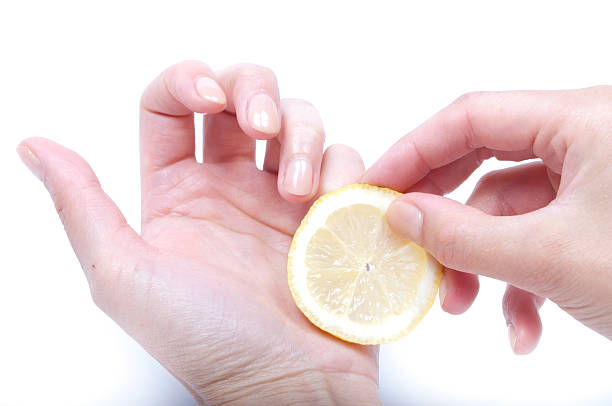
With an acidity level nearly as strong as gastric juices, lemon juice is a popular DIY home tattoo removal method. Although rubbing lemon juice into your skin may lighten skin tone, the juice won't get rid of a tattoo. Remember, tattoo ink is embedded underneath the epidermis. Also, be aware that putting lemon juice on your skin and going outside in bright sunlight could cause phytophotodermatitis, a skin reaction that may result in permanent hyperpigmentation.
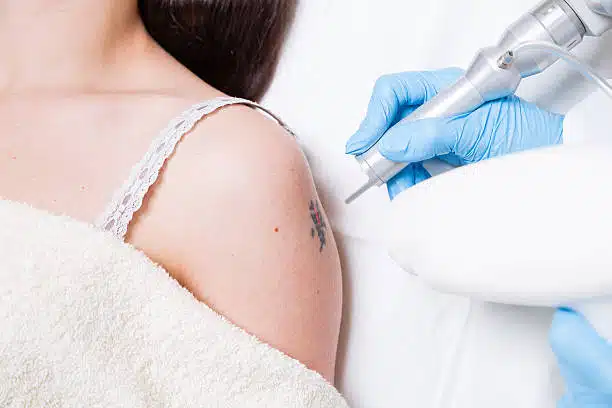
Lasers available for purchase online or at pharmacies are not strong enough to reach the dermis. In fact, OTC lasers for tattoo removal only have a fraction of the power that dermatological lasers can deliver. While at-home lasers for certain superficial skin problems may be effective, they cannot penetrate the epidermis and reach the dermis. Only dermatologists have access to the kind of lasers that dissolve tattoo pigment.
Get a tattoo removed safely and effectively by scheduling an appointment at Shasta Meadows Wellness Center for Picocare 450 Laser Tattoo removal treatment. By delivering a series of rapid-fire energy pulses to the dermis, this revolutionary laser tattoo removal device dissolves tattoo ink pigments into harmless microscopic particles. Within a short time, the immune system triggers certain lymph glands that flush these particles out of your body.
Contact us today to schedule a consultation appointment about laser tattoo removal with the Picocare 450.